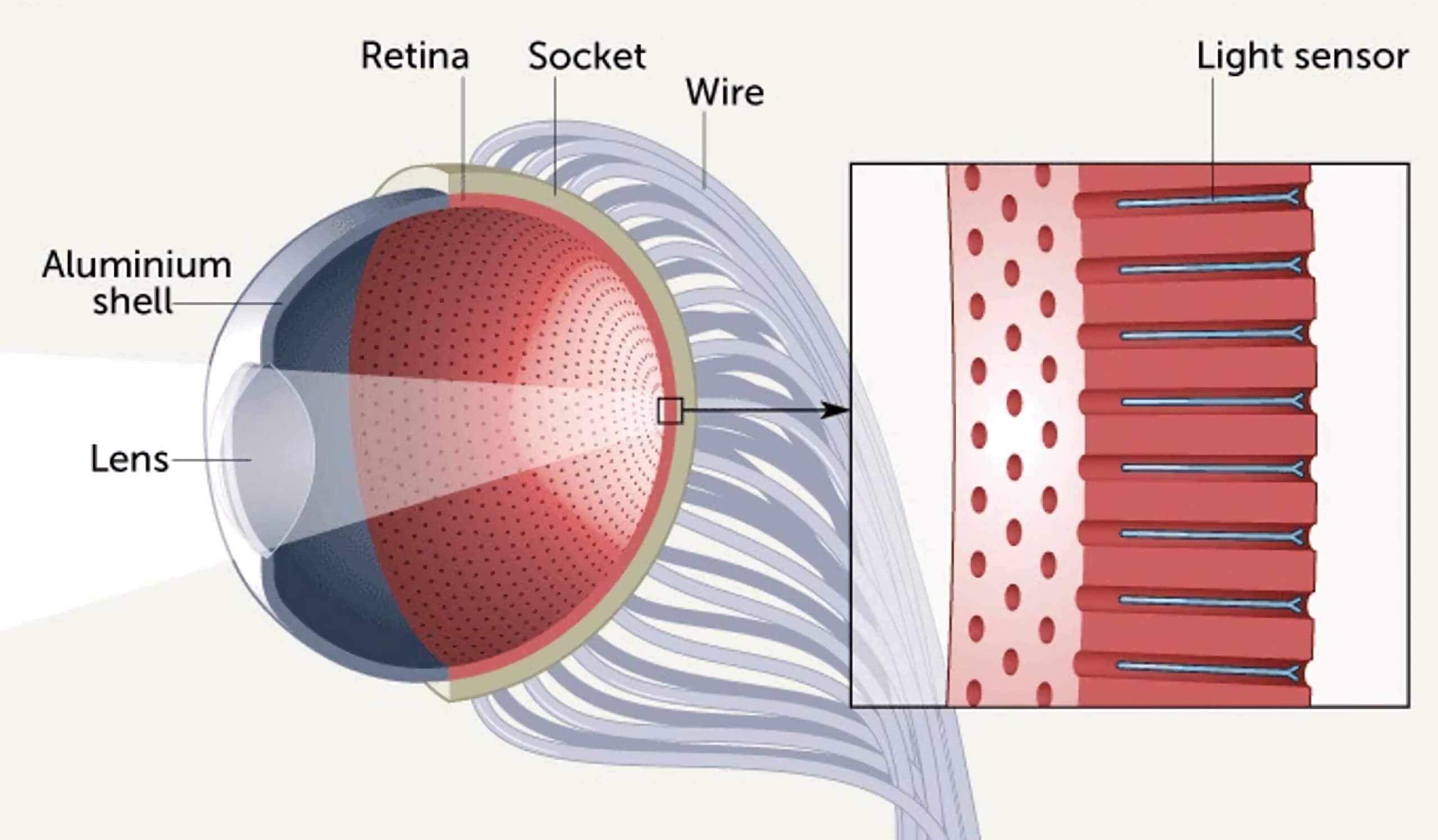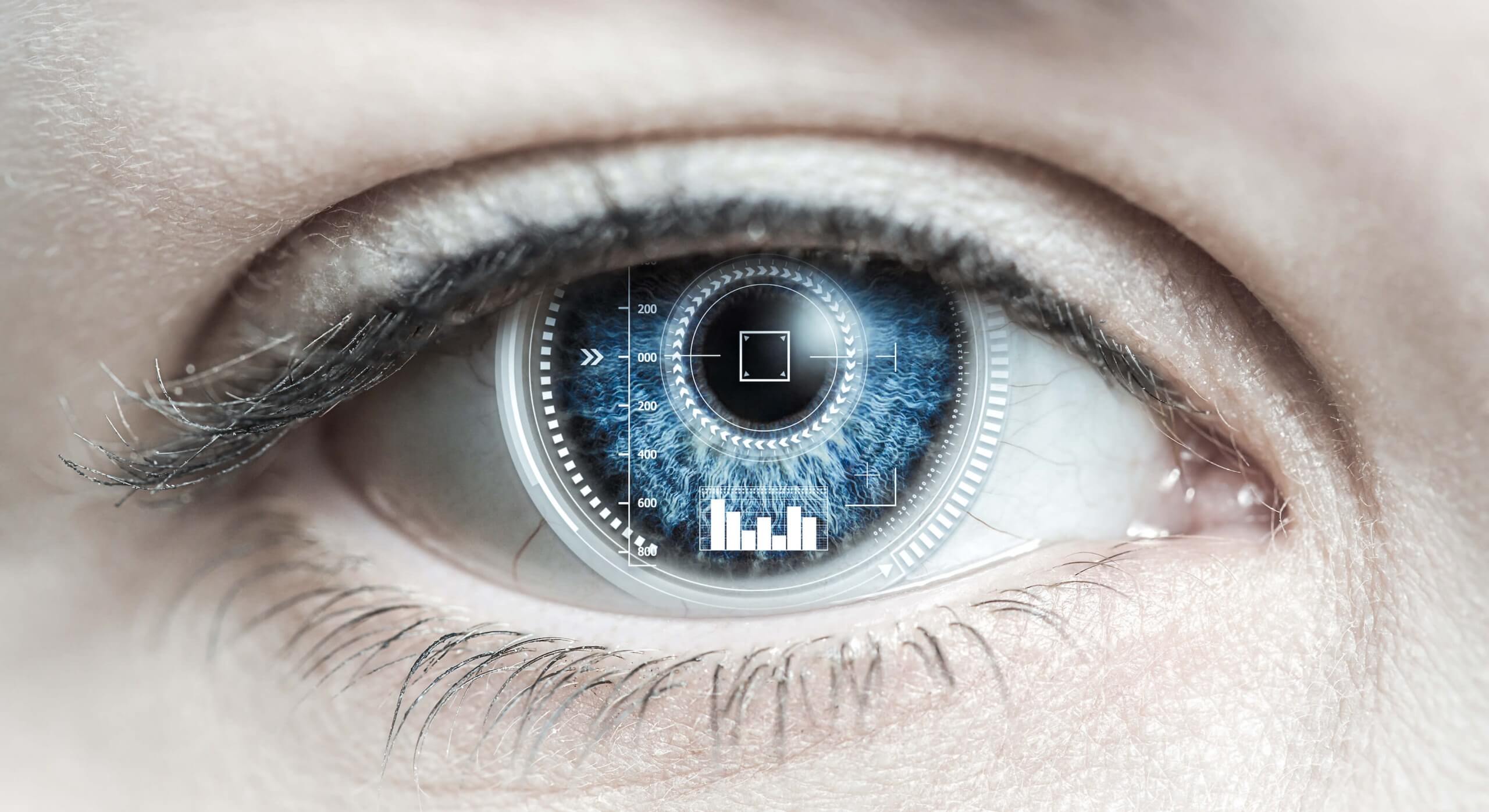Through the looking glass: Warren Spector's vision of the future in Deus Ex is beginning to come to life. Scientists now have a working bionic eyeball that, at least in theory, could augment a human's vision into the superhuman realm, allowing them to see farther and have night vision.
On Wednesday, researchers from Hong Kong University published a paper in Nature detailing work on a bionic eye. The team has already developed a prototype robotic eye that could provide better visual input to humanoid robots or even be used to restore vision in the visually impaired.
Called the EC-Eye, short for ElectroChemical Eye, the device is the same size and shape as a human eyeball. It also uses a bundle of light-sensitive nanowires as the retina and visual cortex, but that is where the biological similarities end.
The scientists say the device has the potential to be far more sensitive than the human eye. It will be able to see smaller objects at further distances as well as having the capability to distinguish between the visible and infrared spectrum. Theoretically, it could be implanted in a human, not only restoring sight but also giving them superhuman vision, including the ability to see in the dark.
The Independent notes that for more immediate practical applications, the proof-of-concept could be used in humanoid robots to make them more---well---human.

"Mimicking human eyes, artificial vision systems are just as essential in autonomous technologies such as robotics," said the scientists in their research paper. "Particularly for humanoid robots, the vision system should resemble that of a human in appearance to enable amicable human-robot interaction, in addition to having superior device characteristics."
The way it works is very much the same as a biological eye. Light projected onto a lens on the front of the eye is focused onto the artificial nanowire retina. The light data goes through the wires, which also serve as the visual cortex. A computer then interprets the information. It even has a functional iris.
The early-stage prototype has been able to recognize the letters E, I, and Y, which the researchers say is a breakthrough. Still, the device has a long way to go. Part of the limited recognition of the alphabet can be attributed to the very low resolution of the system. Right now, the retina consists of only 100 nanowires, each representing a pixel. So essentially, visual data is only 10px by 10px.
However, the team says that with further work, they can develop a prototype with better resolution than the human eye. Since nanowires are so small, the researchers say they can fit up to 10-times more photoreceptors into the retina than are in a biological eye. The larger bundle is what would allow for infrared vision.
The EC-Eye is the latest breakthrough in potential human augmentation we have seen recently. Other teams have made strides in both arm and leg prosthetics, with some successfully interfacing organic nerves with synthetics. It really is the beginning of the technology seen in the Deus Ex franchise.
